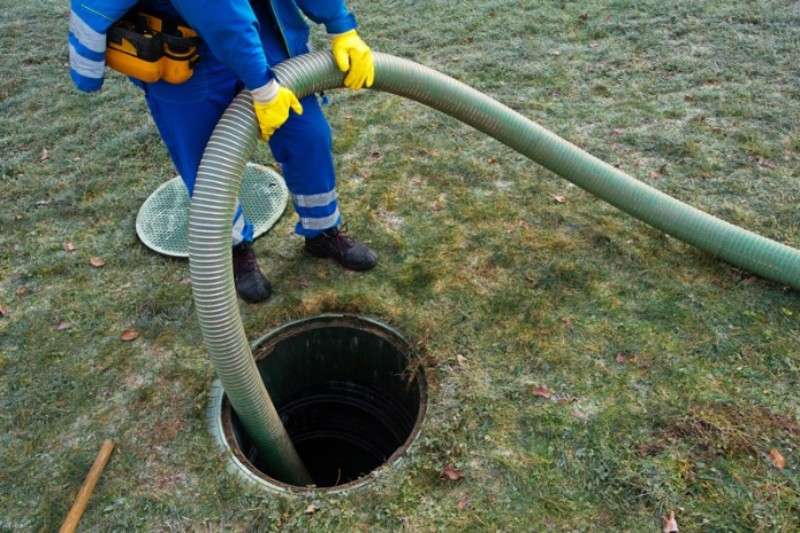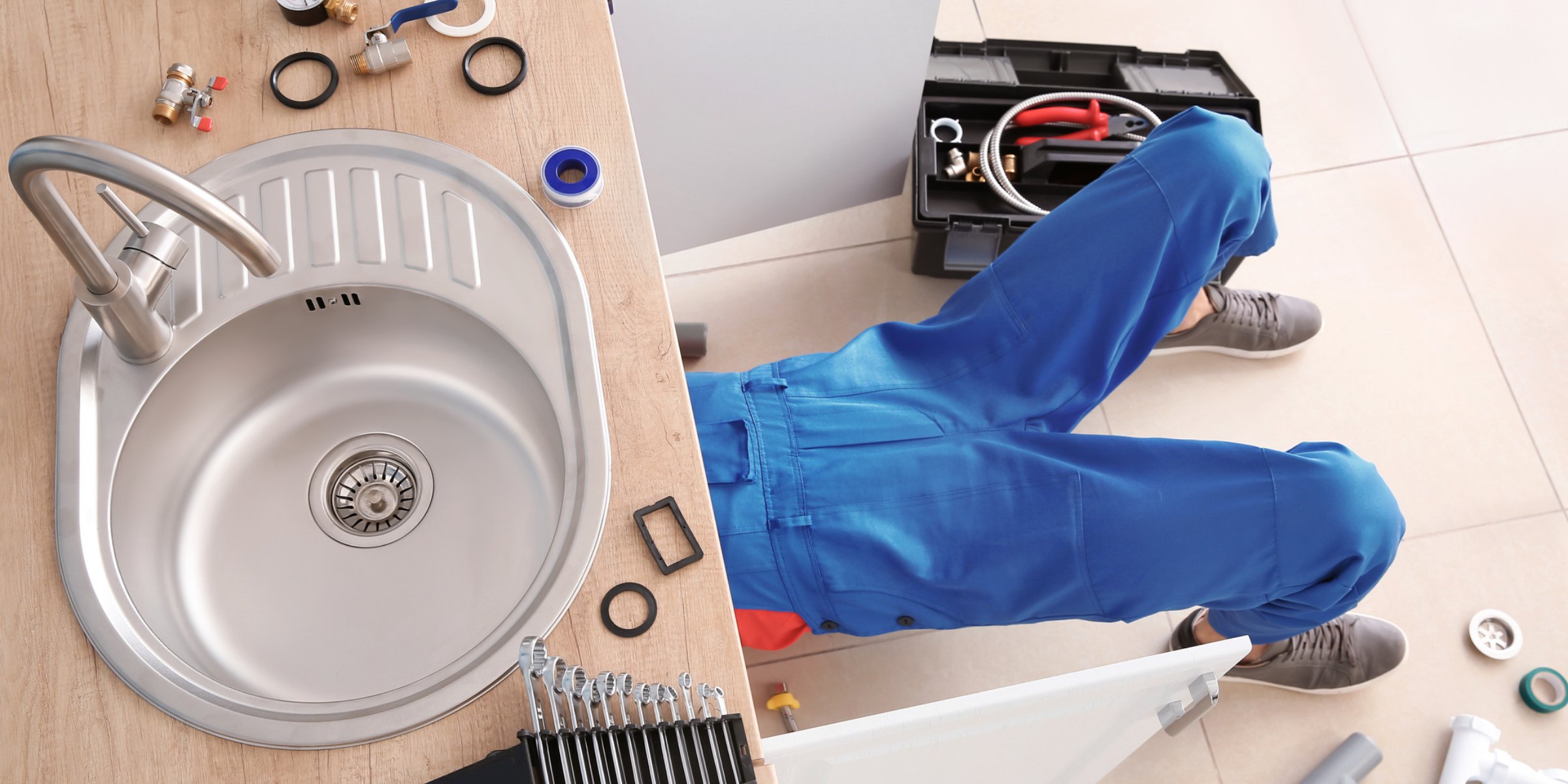If you own a home with a septic system, understanding how it works is crucial to its proper maintenance. One important aspect of septic systems is the drainage process, which involves the kitchen sink. In this article, we will explain the connection between the kitchen sink and the septic tank and provide useful tips for maintaining a healthy septic system.1. Septic Tank Drainage: What You Need to Know
When it comes to connecting a kitchen sink to a septic system, there are a few key components that play a role. The first is the sink drain, which is the pipe that carries wastewater from the sink to the septic tank. It is important to ensure that this pipe is properly connected and free of any clogs or buildup. The second component is the septic tank itself, which receives all household wastewater and separates it into three layers: scum, effluent, and sludge.2. How to Connect a Kitchen Sink to a Septic System
To maintain a healthy septic system, it is important to understand how it works. The septic tank is the first stage of the system, where wastewater from the kitchen and other household sources is stored. As the tank fills up, the effluent layer is pushed out to the drain field, where it is then filtered through the soil. Regular maintenance, such as pumping the tank every 3-5 years, is essential to prevent any issues with the system.3. Understanding Septic Systems: How They Work and How to Maintain Them
In order for a septic system to function properly, the tank and drain field must work together seamlessly. The tank is responsible for separating the wastewater while the drain field allows the effluent to be safely filtered through the soil. It is important to keep the drain field free of any obstructions, such as tree roots or excess water, to avoid any backups or damage to the system.4. Septic Tank and Drain Field: How They Work and How to Maintain Them
One of the telltale signs of a failing septic system is slow drainage in the sink and other household drains. If you notice this, it is important to have a professional inspect your system to determine the cause and provide a solution. Other signs of a failing septic system include unpleasant odors, sewage backups, and unusually lush patches of grass in the drain field area.5. How to Tell if Your Septic System is Failing
While regular maintenance can prevent most septic tank problems, sometimes issues can still arise. Common problems include clogs, leaks, and damaged pipes. If you encounter any of these issues, it is important to address them immediately to prevent further damage to your septic system. Hiring a professional plumber is the best way to troubleshoot and resolve any septic tank problems.6. How to Troubleshoot Common Septic Tank Problems
Proper care and maintenance are key to extending the lifespan of your septic system. In addition to regular pumping, there are other steps you can take to ensure your system stays in good working condition. These include being mindful of what you put down the drain, using septic-safe cleaning products, and avoiding excess water usage. By following these tips, you can save yourself from costly repairs or replacements down the line.7. How to Properly Care for Your Septic System
When it comes to maintaining your septic system, there are certain do's and don'ts that you should keep in mind. Do regularly pump your tank, use septic-safe products, and fix any issues as soon as you notice them. Don't pour grease or oil down the drain, use harsh chemicals, or overload your system with excess water. By following these guidelines, you can ensure your septic system stays in good condition.8. The Do's and Don'ts of Septic System Maintenance
Clogs are a common issue with septic systems and can cause major problems if not addressed promptly. To prevent clogs, it is important to avoid flushing anything other than toilet paper and human waste down the toilet and to be cautious of what you put down the drain. This includes avoiding pouring cooking oils, coffee grounds, and other food scraps down the sink. Regular pumping can also help prevent clogs by removing any buildup in the tank.9. How to Prevent Clogs in Your Septic System
As you can see, the connection between your kitchen sink and septic tank is an important one. Properly maintaining this connection is crucial to the overall health and function of your septic system. By understanding how your system works and taking the necessary precautions to keep it in good condition, you can ensure that your kitchen sink drains properly and your septic system lasts for years to come.10. The Importance of Properly Connecting Your Kitchen Sink to Your Septic Tank
How Does the Kitchen Sink Drain Tie Into the Septic Tank?

The Importance of Proper Drainage in House Design
 When designing a house, one of the most important considerations is the plumbing system. This includes the proper drainage of all household fixtures, including the kitchen sink. The kitchen sink is one of the most frequently used fixtures in a home, making it crucial that it is connected to the septic tank in the most efficient and effective way possible. Failure to do so can result in costly and unpleasant plumbing issues down the line. Let's dive deeper into how the kitchen sink drain ties into the septic tank and why it's essential to get it right.
When designing a house, one of the most important considerations is the plumbing system. This includes the proper drainage of all household fixtures, including the kitchen sink. The kitchen sink is one of the most frequently used fixtures in a home, making it crucial that it is connected to the septic tank in the most efficient and effective way possible. Failure to do so can result in costly and unpleasant plumbing issues down the line. Let's dive deeper into how the kitchen sink drain ties into the septic tank and why it's essential to get it right.
The Role of the Kitchen Sink Drain in the Septic System
 The septic tank is an underground waste treatment system that is responsible for breaking down and filtering household wastewater. It is designed to separate solid waste from liquid waste and then slowly release the treated wastewater back into the ground. The kitchen sink drain plays a significant role in this process by transporting wastewater from the sink to the septic tank.
The septic tank is an underground waste treatment system that is responsible for breaking down and filtering household wastewater. It is designed to separate solid waste from liquid waste and then slowly release the treated wastewater back into the ground. The kitchen sink drain plays a significant role in this process by transporting wastewater from the sink to the septic tank.
The Connection Process
 In a typical home plumbing system, the kitchen sink drain is connected to the main sewer line, which then leads to the septic tank. This connection is usually made using a pipe known as a "drain line." The drain line is typically made of durable materials like PVC or cast iron to prevent leaks and clogs. It is essential to ensure that the drain line is installed correctly and is the appropriate size for the amount of wastewater it will be carrying.
In a typical home plumbing system, the kitchen sink drain is connected to the main sewer line, which then leads to the septic tank. This connection is usually made using a pipe known as a "drain line." The drain line is typically made of durable materials like PVC or cast iron to prevent leaks and clogs. It is essential to ensure that the drain line is installed correctly and is the appropriate size for the amount of wastewater it will be carrying.
The Importance of Proper Installation
 Improper installation of the kitchen sink drain can lead to a host of plumbing problems. For example, if the drain line is too narrow, it can easily become clogged, causing backups and overflows. On the other hand, if the drain line is too wide, it can result in slow drainage, which can also lead to clogs and backups. Additionally, a poorly installed drain line can also cause unpleasant odors to seep back into the house.
Improper installation of the kitchen sink drain can lead to a host of plumbing problems. For example, if the drain line is too narrow, it can easily become clogged, causing backups and overflows. On the other hand, if the drain line is too wide, it can result in slow drainage, which can also lead to clogs and backups. Additionally, a poorly installed drain line can also cause unpleasant odors to seep back into the house.
Regular Maintenance is Key
 Once the kitchen sink drain is properly connected to the septic tank, it is crucial to regularly maintain the system to prevent any issues. This includes regularly cleaning and clearing out the drain line to prevent clogs and backups. It is also essential to monitor what goes down the drain and avoid disposing of harmful chemicals or non-biodegradable materials that can damage the septic system.
In conclusion, proper drainage is a crucial aspect of house design, and the kitchen sink drain is a vital component of the plumbing system. It is essential to ensure that the kitchen sink drain is correctly connected to the septic tank to avoid any costly and unpleasant plumbing issues in the future. Regular maintenance and proper disposal habits can also help keep the system functioning correctly. So, when designing your house, be sure to give proper attention to how the kitchen sink drain ties into the septic tank.
Once the kitchen sink drain is properly connected to the septic tank, it is crucial to regularly maintain the system to prevent any issues. This includes regularly cleaning and clearing out the drain line to prevent clogs and backups. It is also essential to monitor what goes down the drain and avoid disposing of harmful chemicals or non-biodegradable materials that can damage the septic system.
In conclusion, proper drainage is a crucial aspect of house design, and the kitchen sink drain is a vital component of the plumbing system. It is essential to ensure that the kitchen sink drain is correctly connected to the septic tank to avoid any costly and unpleasant plumbing issues in the future. Regular maintenance and proper disposal habits can also help keep the system functioning correctly. So, when designing your house, be sure to give proper attention to how the kitchen sink drain ties into the septic tank.



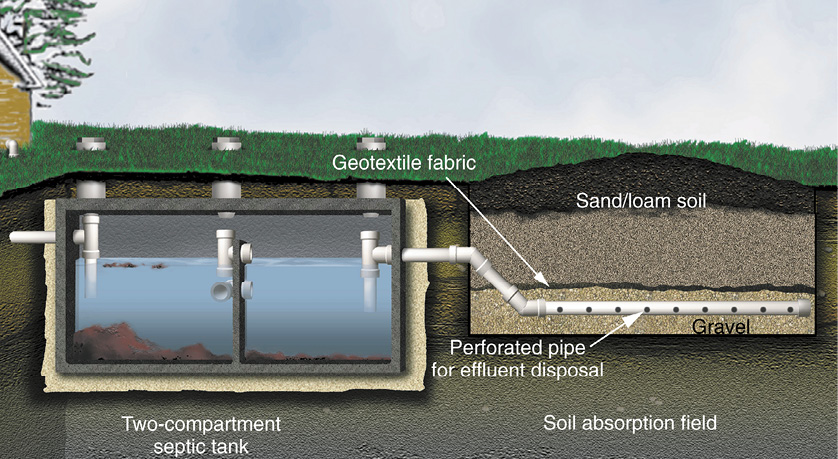

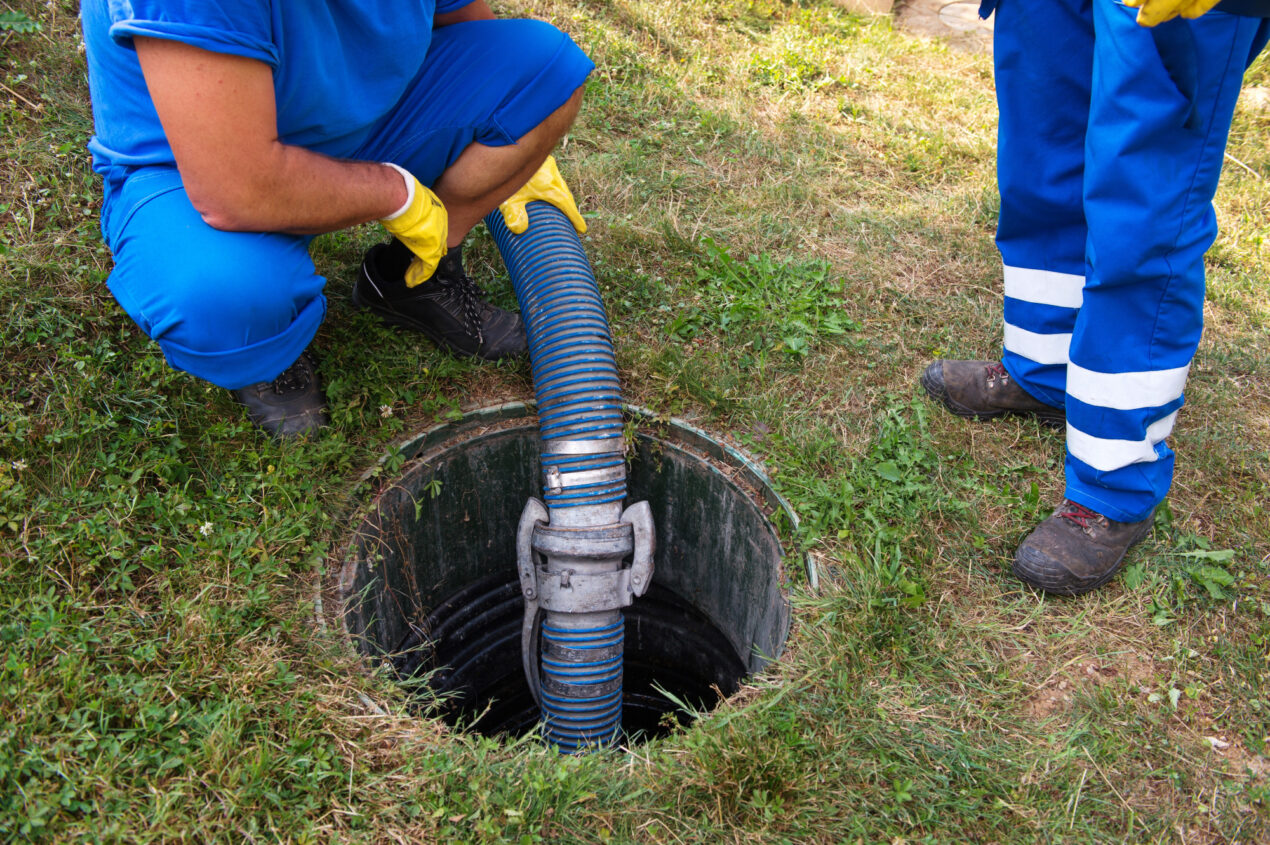
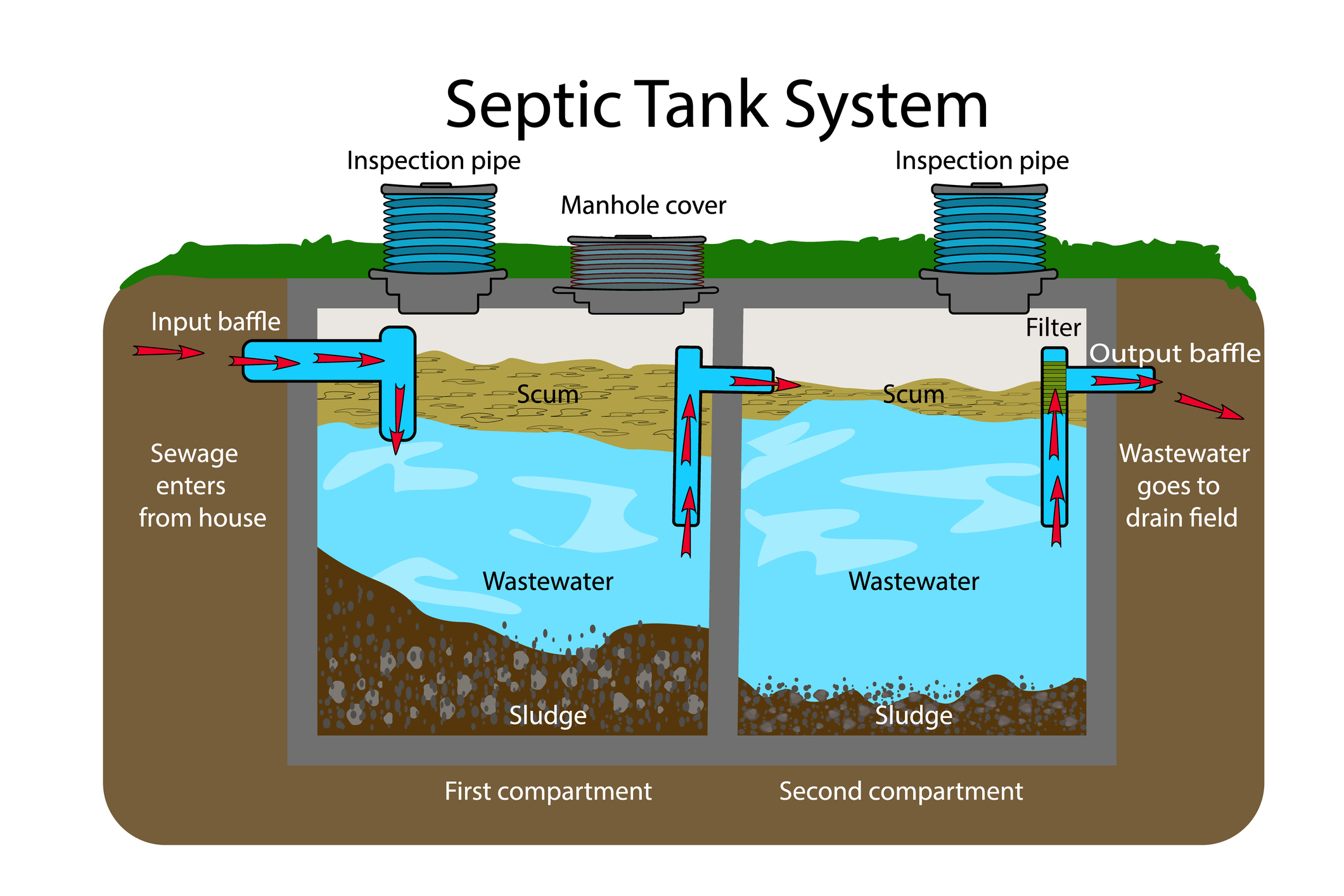

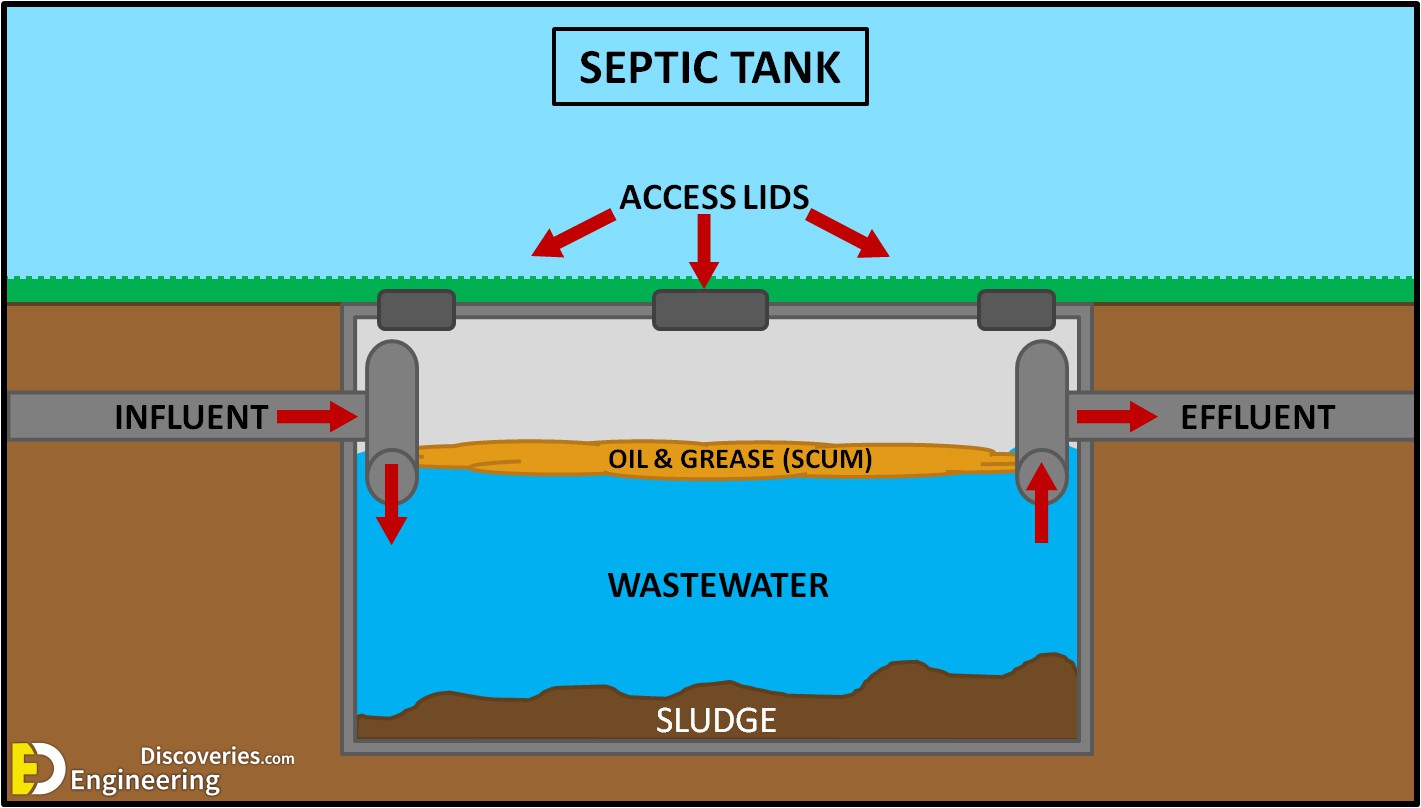
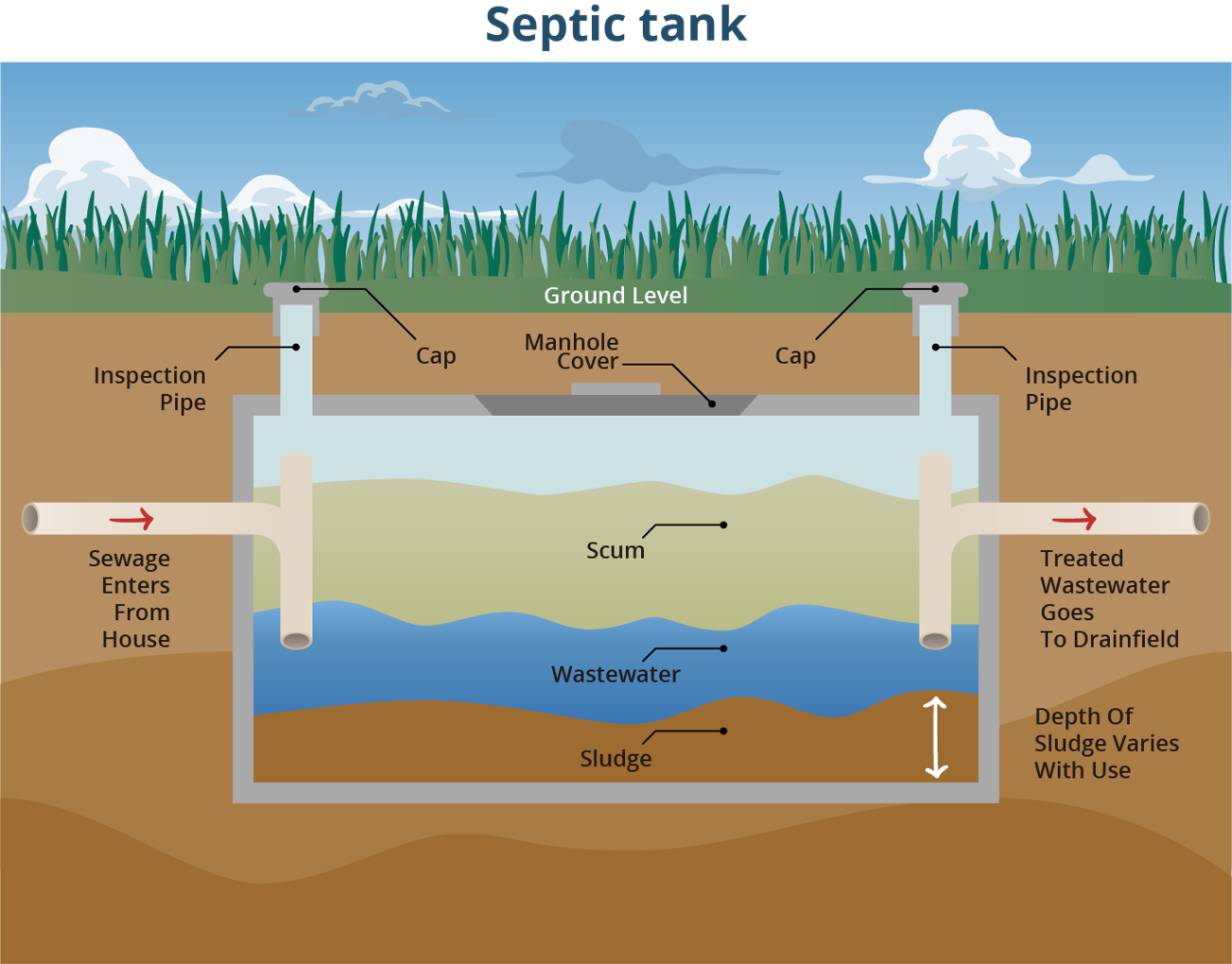









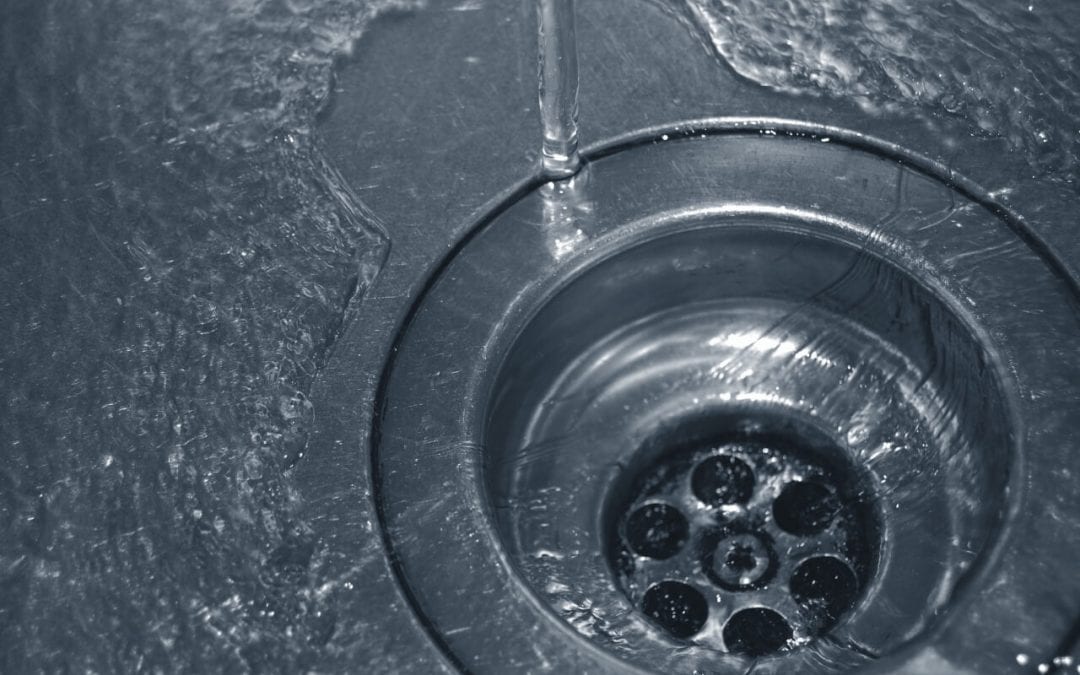








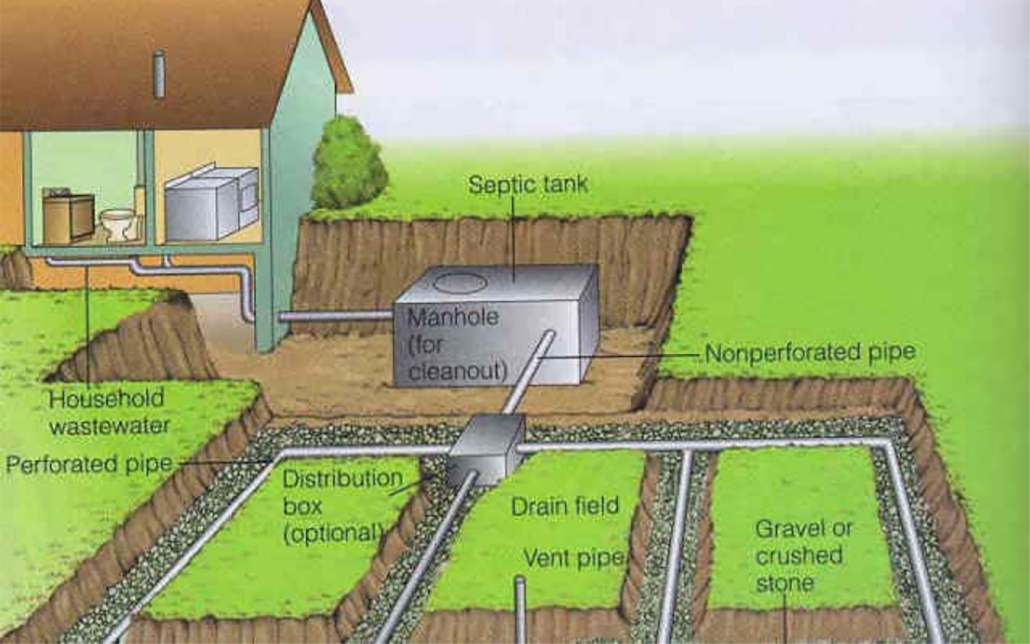
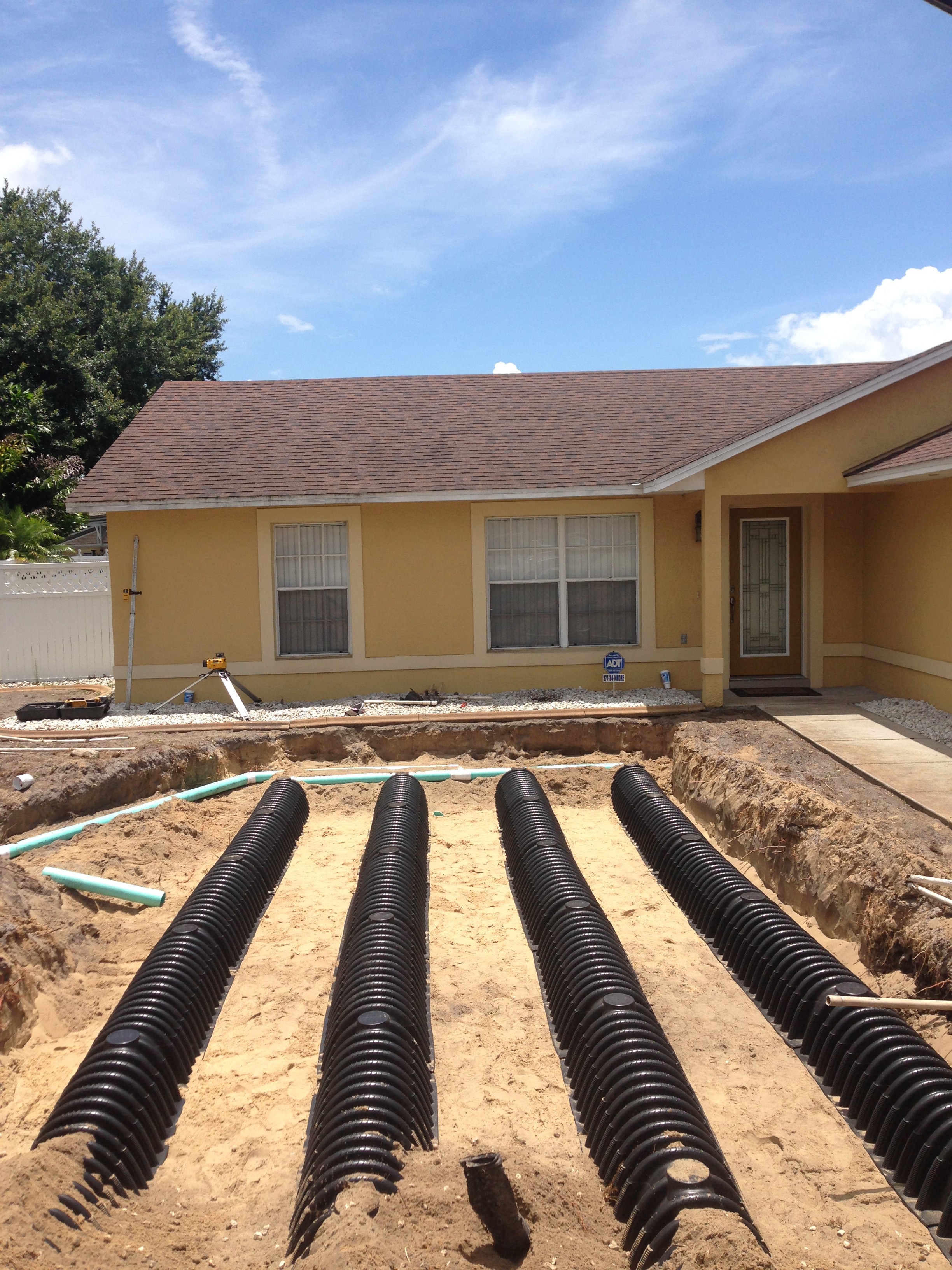

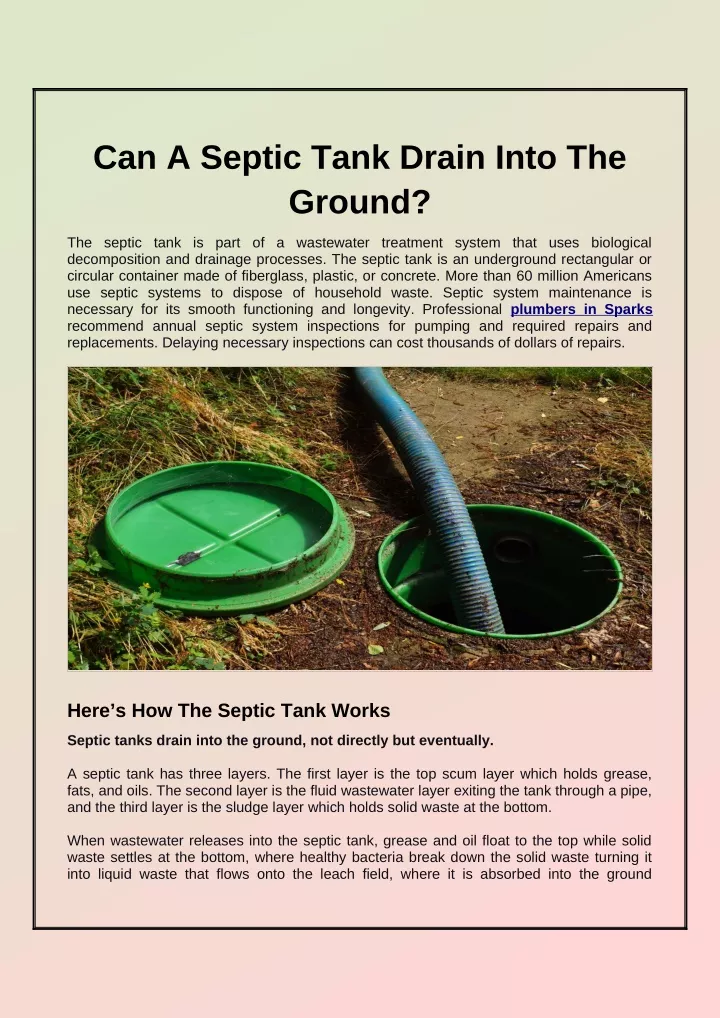
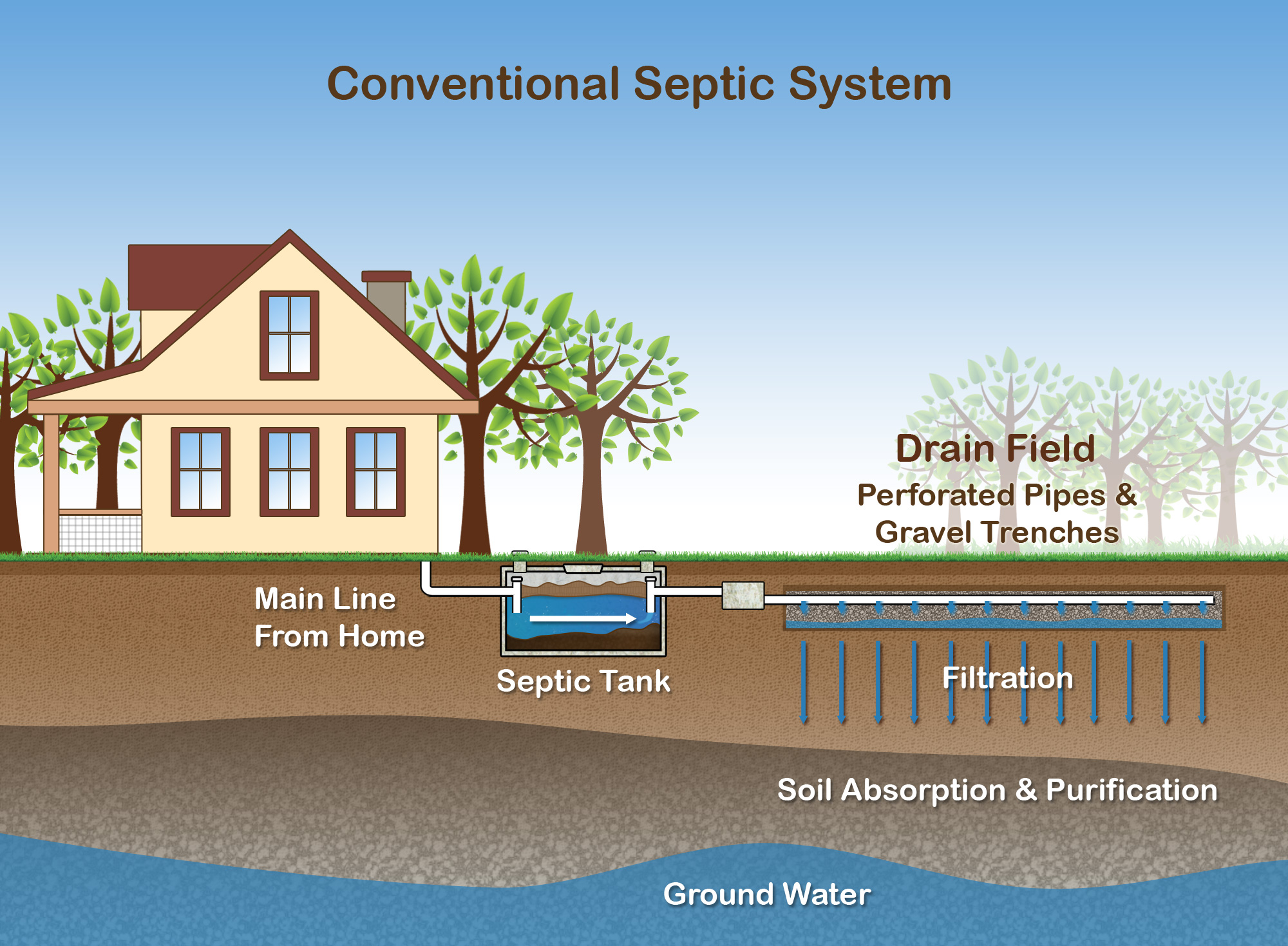
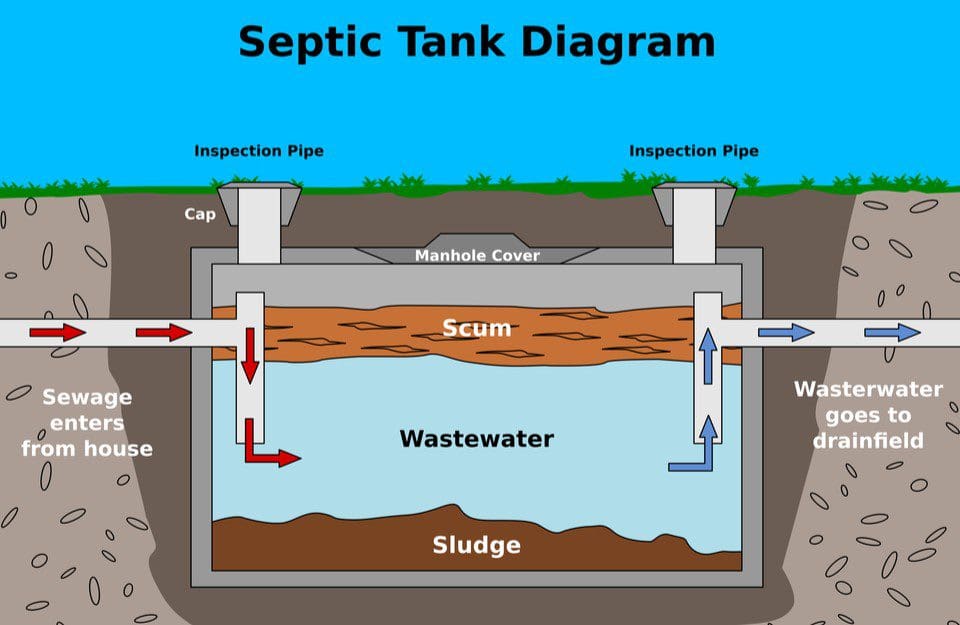













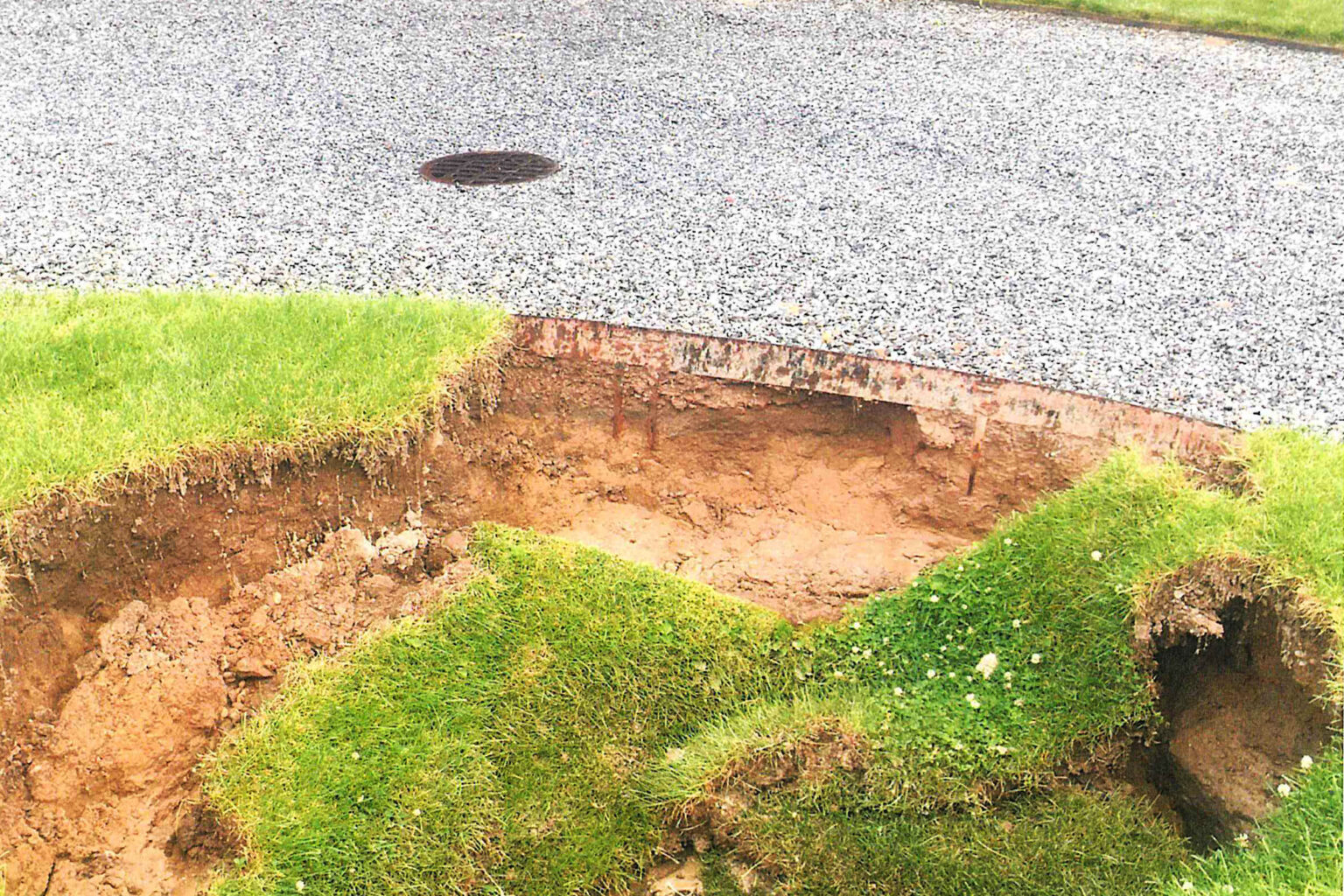





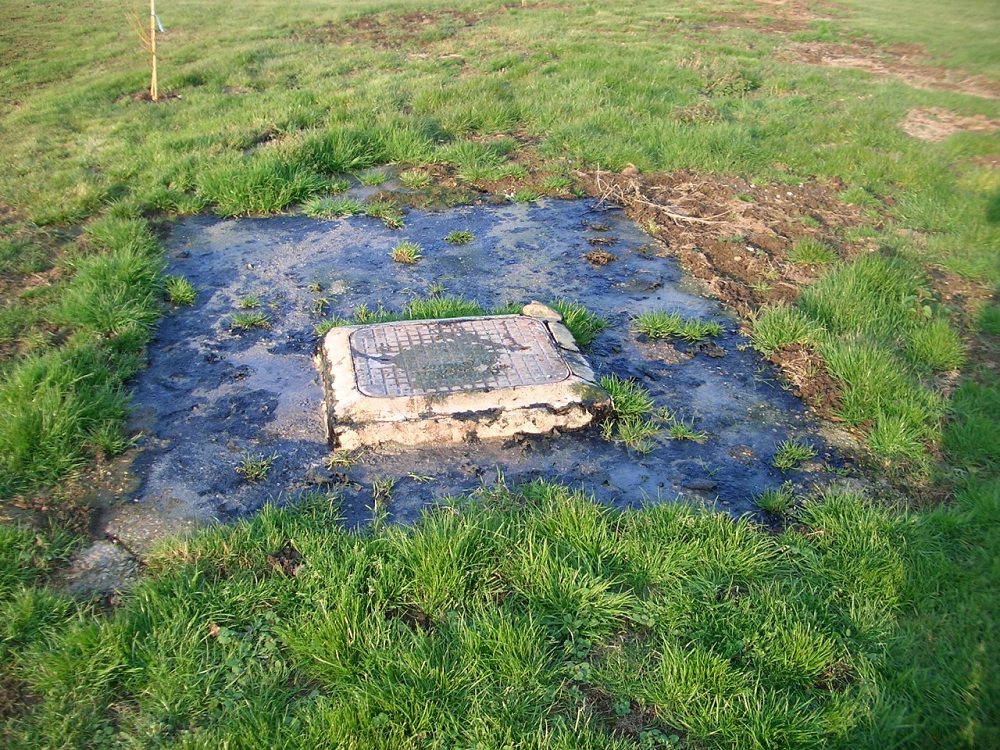


















-1920w.jpg)












